Carpenter ants get away with a lot, even for a pest. Whereas the termite inspires fear and indignation, most of the public doesn’t even consider the insidious carpenter ant. If someone had a termite infestation, they’d no doubt want it handled right away. Yet, despite the fact that carpenter ants destroy wood too, many infestations go unrecognized, much less treated!
We will not have it. We’ve warned you about the carpenter ant before, but now that spring is springing (kinda), the threat is real. This spring, thousands of carpenter ants are marching on your castle, and it’s up to you to stop them. That’s why we’ve put together this anti-invasion battle plan. Here’s everything you need to know to rout the rascally ruffians ready to rampage through your residency this spring.
What are they?
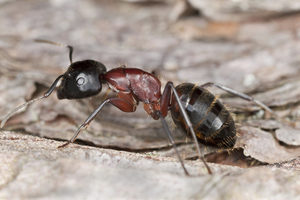 Carpenter ants look like their sugar or pavement ant cousins, except bigger and darker. They’re typically brown or black and about ½ an inch long, though they could be red-and-black and even larger. Like most ants, carpenter ants are eusocial and live in a colony where members have specialized roles and characteristics. Unlike most ants, carpenter ants build their colonies by burrowing into moist wooden structures. Carpenter ant colonies could eventually inflict significant enough damage to compromise the structural integrity of the wood they inhabit.
Carpenter ants look like their sugar or pavement ant cousins, except bigger and darker. They’re typically brown or black and about ½ an inch long, though they could be red-and-black and even larger. Like most ants, carpenter ants are eusocial and live in a colony where members have specialized roles and characteristics. Unlike most ants, carpenter ants build their colonies by burrowing into moist wooden structures. Carpenter ant colonies could eventually inflict significant enough damage to compromise the structural integrity of the wood they inhabit.
There are three castes of carpenter ant: workers, drones, and queens. Worker carpenter ants build and expand the colony by cutting into and excavating wood to make “galleries” through it. Drones and queens are larger than workers, and have functional wings during mating season. Queens lay eggs to populate their colonies, and swarmers leave the colony to form new satellite colonies. Drones and queens only swarm in mating season, which typically occurs in early spring.
Why are they here?
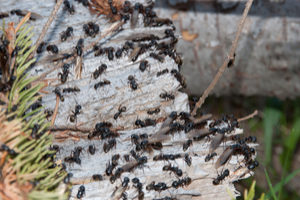 Carpenter ants re-emerge from winter dormancy to replenish their energy and mate. Drones and queens emerge first in late winter or early spring. The more numerous drones swarm in large groups while seeking queens during mating season. You may notice these swarms around your home as early as mid-March. After mating, carpenter ant queens look for likely places to establish new nests. If they find a good place inside your home, they’ll lay 15-20 fertilized eggs there. These eggs will hatch into workers, which will begin to build a new colony.
Carpenter ants re-emerge from winter dormancy to replenish their energy and mate. Drones and queens emerge first in late winter or early spring. The more numerous drones swarm in large groups while seeking queens during mating season. You may notice these swarms around your home as early as mid-March. After mating, carpenter ant queens look for likely places to establish new nests. If they find a good place inside your home, they’ll lay 15-20 fertilized eggs there. These eggs will hatch into workers, which will begin to build a new colony.
Finding carpenter ants indoors doesn’t automatically mean you have an infestation. Sometimes queens or swarmers make their way indoors automatically, without intending to establish a nest there. Pay attention to how early you find carpenter ants indoors, as well as what caste those ants belong to. If you find numerous swarmers that seem to be trapped inside your home, it’s probably because they emerged from an indoor nest.
What do they want?
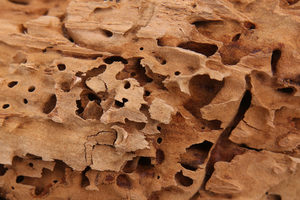 Unlike many varieties of ant, carpenter ants are not primarily motivated to infest homes by the food inside. Carpenter ants feed on protein and sugar, primarily by foraging for aphids, live and dead insects, and honeydew. Contrary to popular belief, carpenter ants do not eat wood; they simply excavate it to build their colonies. Instead of food, carpenter ants are primarily motivated by moisture. They need water to survive, just like everything else, and excavating wood is thirsty work.
Unlike many varieties of ant, carpenter ants are not primarily motivated to infest homes by the food inside. Carpenter ants feed on protein and sugar, primarily by foraging for aphids, live and dead insects, and honeydew. Contrary to popular belief, carpenter ants do not eat wood; they simply excavate it to build their colonies. Instead of food, carpenter ants are primarily motivated by moisture. They need water to survive, just like everything else, and excavating wood is thirsty work.
Carpenter ants tend to seek out and infest moist, wet, or decaying wood. Building into wet wood allows worker ants to stay hydrated while they work. It’s also easier to break down and transport wood when it’s already wet and piliable. Rotten wood is especially easy to burrow through, making it a favorite of carpenter ants. Queens tend to build nests into existing wood damage, as it provides shelter for eggs and a convenient starting point for newly-hatched workers.
How can I keep them out?
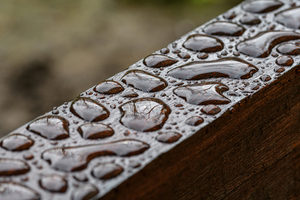 Preventing carpenter ants is all about wood management. Start in your yard. Look for any wood carpenter ants could conceivably build into. Remove stumps, dying bushes and shrubs, dead bark, and any other rotting wood. Keep firewood elevated off the ground or store it indoors. Walk the perimeter of your home looking removing and replacing rotting or cracked siding. Cover wood that directly contacts soil with hard plastic covers.
Preventing carpenter ants is all about wood management. Start in your yard. Look for any wood carpenter ants could conceivably build into. Remove stumps, dying bushes and shrubs, dead bark, and any other rotting wood. Keep firewood elevated off the ground or store it indoors. Walk the perimeter of your home looking removing and replacing rotting or cracked siding. Cover wood that directly contacts soil with hard plastic covers.
Inside, focus on moisture control. Identify and repair any plumbing leaks, especially if they could be leaking onto wooden structures. Monitor indoor humidity levels, particularly in at-risk areas like the basement, attic, or crawl spaces. Check for drafts around walls, doors, and windows. Make sure windows and pipes don’t “sweat” during particularly humid or cool days. Finally, replace any damaged wooden furniture or structures, especially if they’re showing signs of internal rot. If your basement is quite humid, consider moving any wooden items upstairs until you can install a dehumidifier.
You could probably use a little good news after all this bad news. We’ve got some… kind of: compared to termites, carpenter ants work slowly. The first year they establish a nest, the colony grows slowly and the damage it inflicts is minimal. After a year, however, the colony keeps growing at a consistently faster pace.
Obviously, that means it’s very important to find and snuff out carpenter ant infestations quickly. Luckily, you don’t have to do that alone. Your kingdom always has an ally in Griffin Pest Control. Give us a call with your carpenter ant problem anytime. We’re always ready to answer the call to arms.

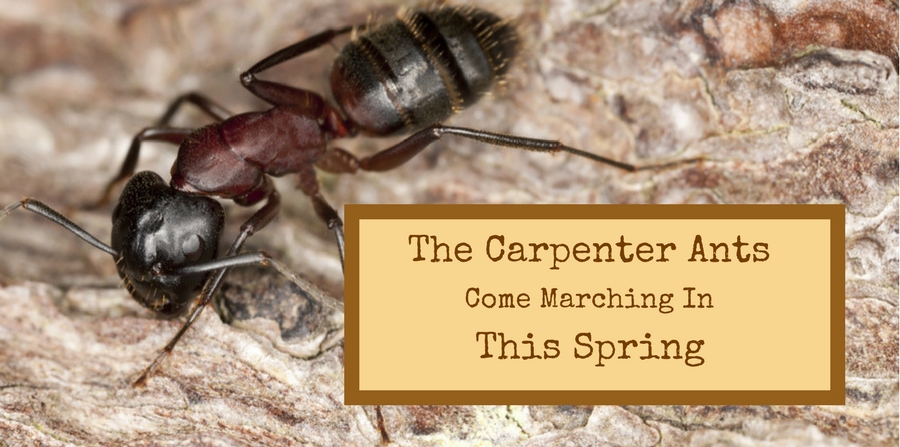
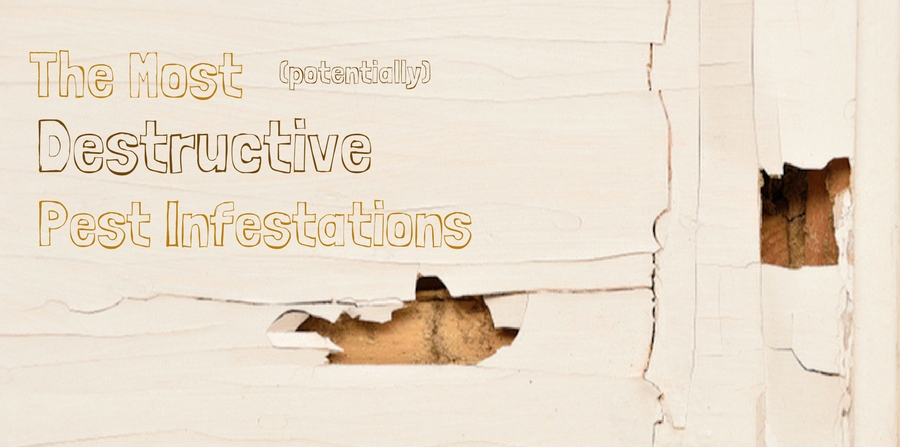
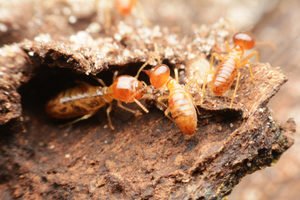 You knew
You knew 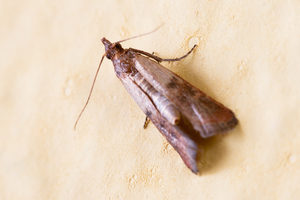 Pantry-infesting pests like the common
Pantry-infesting pests like the common 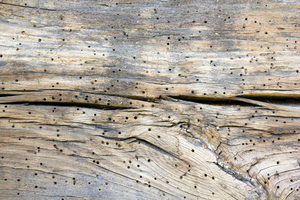 Powderpost beetles
Powderpost beetles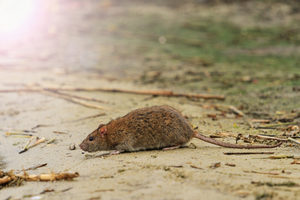 Yes, unfortunately, the extremely common mice and
Yes, unfortunately, the extremely common mice and 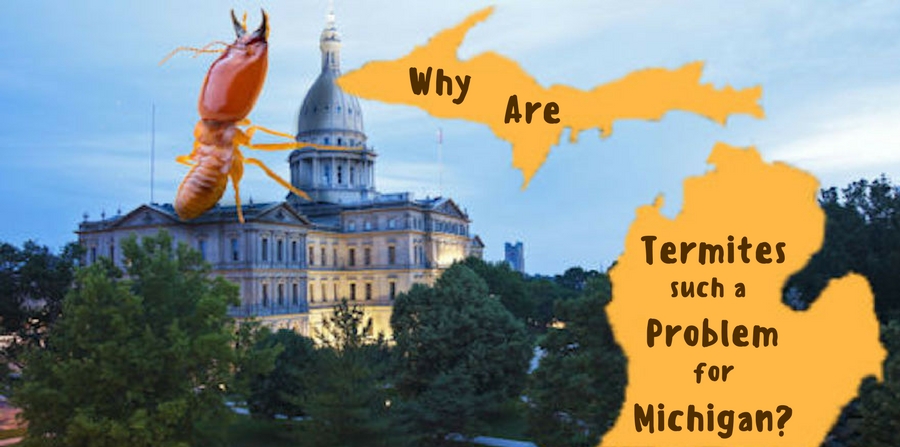
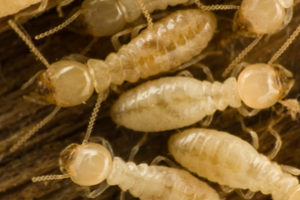 Termites are classified in the same insect order as cockroaches,
Termites are classified in the same insect order as cockroaches, 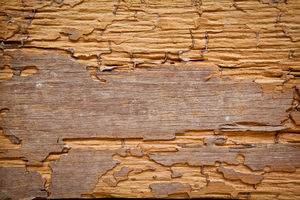 We don’t know for sure
We don’t know for sure 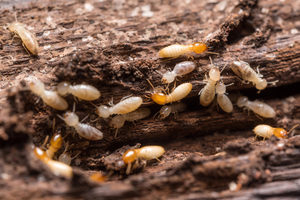 Termites feed on the
Termites feed on the 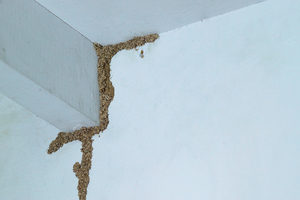 Termites infest wood that’s moist, damaged, or readily accessible. Keeping them out means making sure the wood in your home is none of those things. Start by looking for plumbing leaks, condensation, puddling, or excess humidity. Pay special attention to your basement, because most infestations start there. Find and patch up drafts, ensure proper ventilation, and
Termites infest wood that’s moist, damaged, or readily accessible. Keeping them out means making sure the wood in your home is none of those things. Start by looking for plumbing leaks, condensation, puddling, or excess humidity. Pay special attention to your basement, because most infestations start there. Find and patch up drafts, ensure proper ventilation, and